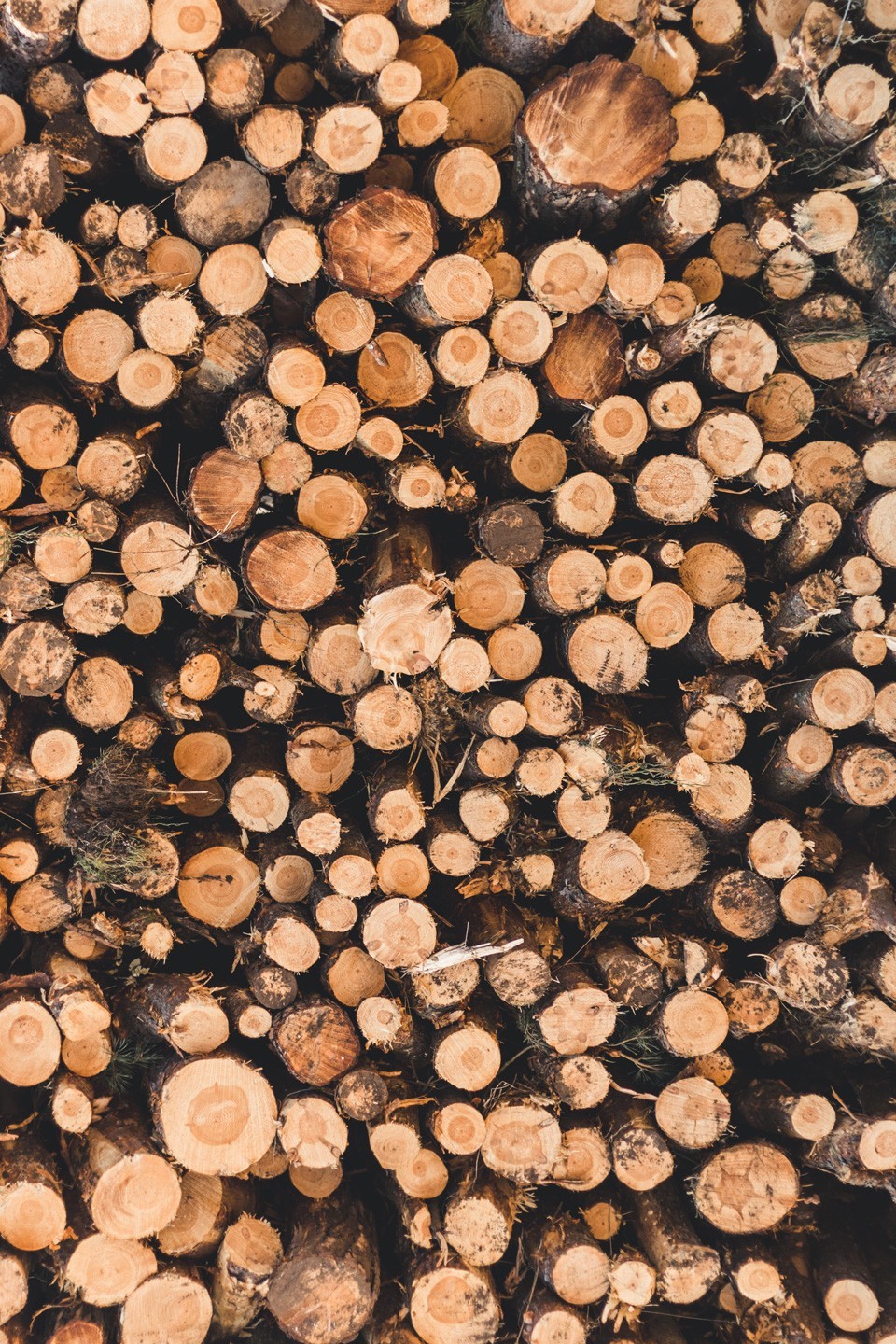Why is there a timber shortage?
BACK TO BLOG MAIN PAGE
Many of you have been asking us why there is a current global timber shortage. Here are some of the main reasons…
- Housing starts are up 26% this year (Q4 2020 compared to Q4 2019). Whilst not all will be timber frame, the average non-timber frame house uses about 3m3 of timber. This has led to increased demand for timber and softwood import (up 22%) though this is barely keeping up with demand. (Numbers from Timber Trade Federation – TTF.)
- Prices for sawn dried timber for construction are up between 50-80% as shortages become more acute.
- Mills globally have been on limited capacity as COVID impacts the labour force. This is true in harvesting capacity, mill production capacity and transport. Stock levels at ports, which buffered supply and demand problems, have not been able to rebuild since the start of the pandemic.
- Demand for timber globally is growing very fast and the UK is not always prepared to pay the highest prices for imports. The TTF is forecasting rises in timber markets until at least 2025.
- Russia has shut off export of Roundwood; New Zealand and Australia are having major issues balancing domestic consumption with exports; the US and Canada have repercussions of pests and disease on standing stock. All of these factors affect imports to China and the US which are by far the world’s largest importers, leaving them looking for non-traditional routes and competing with our traditional importing routes. The US is taking increasing quantities from Europe.
- A severe 20/21 winter in Eastern Europe and Scandinavia has slowed harvesting and hence supply into mills. At the same time, annual summer maintenance closures are now approaching in the mills reducing the outturn of sawn timber.
- The Food & Agricultural Organisation and Gresham House estimate the global demand for timber by 2050 will be 5.8billion m3 with a sustainable supply capability of 3.7-4.7m3. This naturally pushes up the globalised commodity price for timber.
- Brexit regulations are still poorly understood. Import and transport of timber continues to be problematic.
- Different sectors of the timber industry are actively lobbying sawmills to divert timber. For instance, the pallet sector, which has seen prices rise by 13% for home-grown timber, is pushing the fact that they are not seasonal as fencing and not as prone to demand spikes as construction therefore should be higher on the priority list for timber.
In short, the issue is a combination of COVID (and to some extent weather) restricting supplies against a major upturn in construction (with the US leading the way). This has led to supply not meeting demand and a surge in prices with the UK having to compete with others prepared to pay equal or higher prices for timber. It is also worth bearing in mind that this situation is largely confined to Softwood sawlogs. Small Roundwood and Hardwood prices have not been hit nearly as hard.

